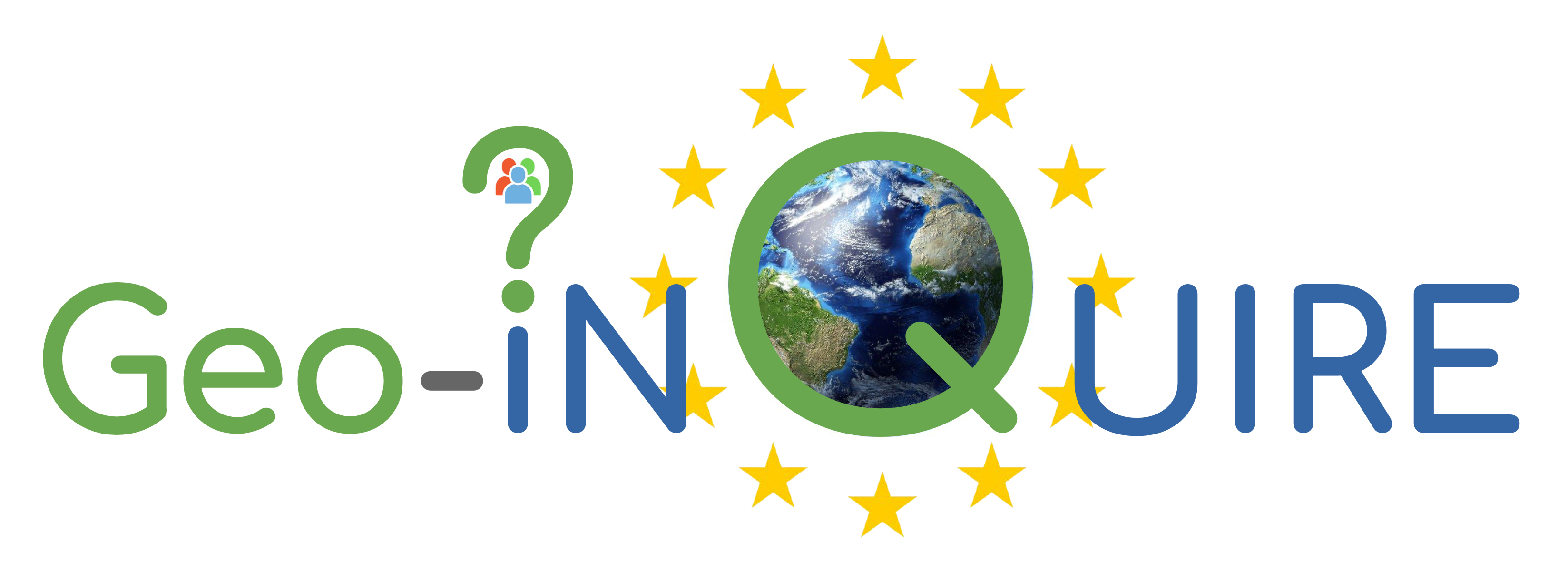CATLAB CATenoy experimental site and gas-water-rock interactions LABoratory in Oise
This installation is not open in the 3rd call.
Host Institution:
Institut national de l'environnement industriel et des risques (INERIS), France
Description:
The CATenoy experimental site and gas-water-rock interactions LABoratory in Oise is an injection site in underground environment with controlled conditions and in situ measurements devices at Catenoy, coupled with advanced laboratory facilities at Ineris to study gas-water-rock interaction.
The injection site is unique in France and probably in Europe. It is located 60 km North from Paris and comprises:
- >10 piezometers of 25 m depth, in the chalky aquifer of Paris Basin
- 4 less deep "piezairs" of 11 m (drilled in the not saturated zone),
- a technical shed including station dedicated to continuous gas monitoring
- a weather station.
Seven piezometers are aligned in the flow direction of the aquifer, covering a 60 m distance. One is devoted to injection, another is upstream to control the baseline environment, the others are downstream.
CO2 (or any other fluid) can be injected in the chalk aquifer at a depth to be chosen between 13 and 25 m, in order to simulate a leakage from a gas storage that is supposed to be located beneath. Push-pull experiments can also be performed, that consist of re-pumping the water after injection.
In order to study the effects of the injected fluid on the environment, Ineris and partners can use i) in situ monitoring in the saturated and un-saturated zone, ii) adequate gas or water samples and iii) advanced laboratory measurements in the neighbouring Ineris site in Verneuil-en-Halatte city. The laboratory is dedicated to gas-water-rock interactions.
The laboratory facilities include, among others:
- High-precision (0.01 mg) magnetic suspended balances to measure the gas adsorption on rock.
- Determination of the isotopic signature of CO2 (d13C) to trace the origin of the gas.
- Batch reactors to perform experiments in underground conditions (P and T°).
- Calibration benches and sandpits to calibrate gas flux measurement devices.
State of the art:
The injection site can be operated at lower cost. The aquifer and its natural flow were thoroughly characterized through previous projects. Other sensors or measuring devices can be installed on the site in the request for a given experiment.
The use of such a site for monitoring for direct CO2 injection and for push-pull experiments is unique in France.
The laboratory includes several advanced facilities and allows to run parallel experiments on 6 different lab stations. The lab measurements are usually performed to characterize processes such as gas production and migration, gas sorption, geochemical processes, effects on water quality in the short term or the longer term.
Scientific Environment:
Located 20 km from INERIS, the injection site can easily be operated and monitored. For most experiments, at least a month is necessary to prepare the injection (or push-pull). Besides the in-situ measurement, dedicated samplings and lab measurements can be carried out.
Areas of Research:
Geology, Geochemistry, Monitoring, Modelling, Sorption
STORAGE technologies: Migration, Leakage mitigation/remediation, Reactivity/mineralisation, Leakage, Monitoring, Static modelling, Dynamic modelling
Target community/Users:
Scientific and industrial communities
Community Standards:
Accredited to Standard: ISO 9001
More information:
- https://eccsel.org/catalogue/120
- 7th Geo-INQUIRE online Seminar: ECCSEL ERIC, a European Research Infrastructure for CO2 Capture, Utilisation, Transport and Storage (CCUS) by Valentina Volpi, Andrea Travan and Cinzia Bellezza (OGS, Italy)
Contact persons:
primary contact: Philippe Gombert philippe.gombertineris.fr
secondary contact: Marie-Astrid Soenen Marie-Astrid.SOENENineris.fr
